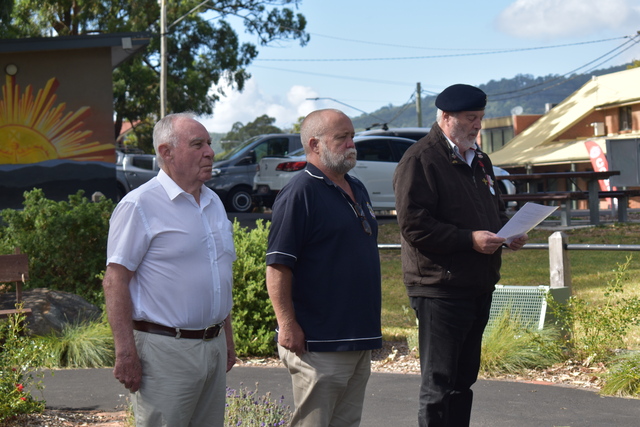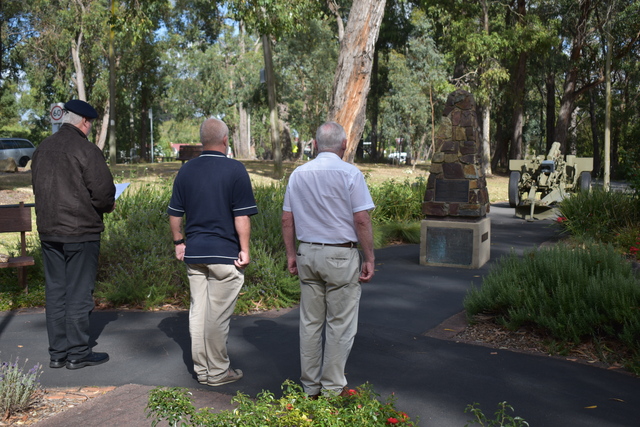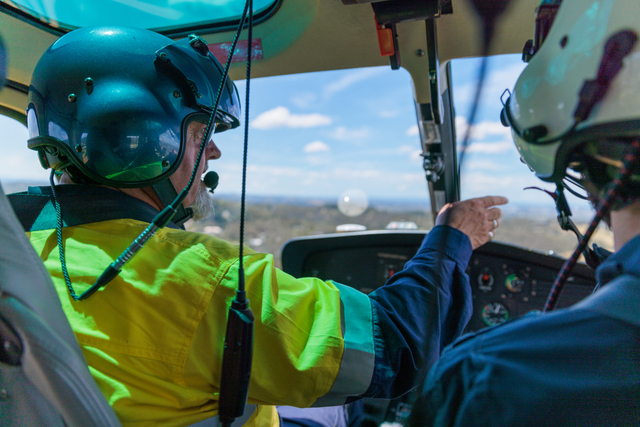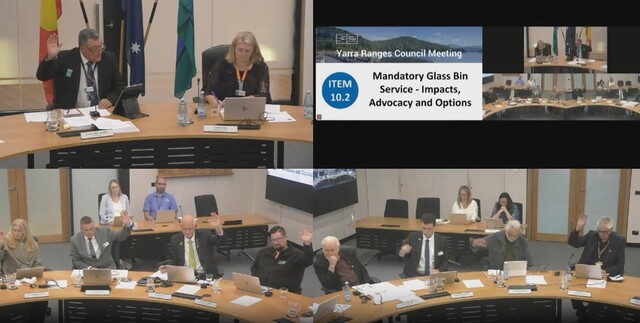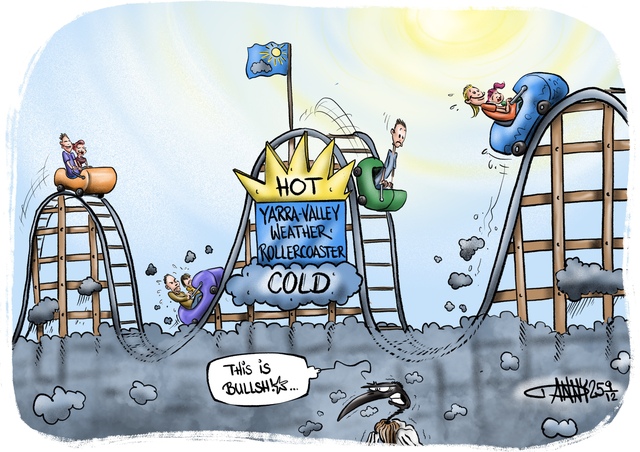While Australians were celebrating Valentine’s Day with their loved ones, Mount Evelyn RSL paused to honour the contribution of young Australian men called up for national service.
The local RSL sub-branch hosted a National Servicemen’s Day Service at 10am on Friday February 14, at the Mt Evelyn Memorial Gardens.
Mount Evelyn RSL committee member Chris Thiele said it was a commemorative event to remember those who were called up for national service.
“We honoured those people with a short service and a floral tribute,” he said.
The national service scheme was introduced four times between 1911 and 1972.
The Universal Service Scheme, Australia’s first national service scheme, began in January 1911, which involved boys from the age of 12 through to men in their mid-20s and ran throughout World War I.
The young boys were trained at school while the older boys were trained at various times throughout the year.
Some 636,000 men were called up to serve in the Citizen Military Forces (CMF) during the first four years of this scheme.
No men were conscripted into the First Australian Imperial Force for service overseas.
Amid widespread debate, Australians voted against two referendums to introduce conscription during the war, and this first scheme was suspended in 1929.
In 1940, the national service scheme was revived shortly after World War II began.
Under this second scheme, unmarried Australian men who turned 21 in the year ending 30 June were called up for three months of military training in the CMF.
By mid-1942, some 290,000 men were enlisted in the CMF.
At first, any conscripts, who were called up, only served in Australia but it was changed in 1943 as the federal government passed a bill to use Australian conscripts in the war in the South West Pacific Zone.
The second scheme was closed down in 1946.
In the national service scheme between 1951 and 1959, all males aged 18 were required to register for national service and to undertake various training obligations in the navy, army or air force.
Once training was completed, national servicemen were required to remain in the reserve for five years.
Those called up under the third scheme did not see active service.
The last one ran from 1964 to 1972.
In this scheme, men aged 20 were selected by a birthday ballot for the army.
A year before the ballot, teenagers could choose to do their national service by enlisting in the CMF.
Some 35,000 chose this option.
If balloted out, they could resign from the CMF immediately.
From 8 December 1965, people who enlisted in the CMF had to complete six years of service.
The service period was reduced to five years in 1971.
Between 30 June 1965 and 7 December 1972, over 63,000 men were called up for a period of full-time service and integrated into regular army units.
The initial service period of two years was reduced to 18 months in 1971.
Mr Thiele was one of the men who took national service for 18 months between 1971 and 1972.
“What they did was they pulled you apart, reassembled you and moulded you into the type of person they needed you to be in the armed forces,” he said.
“You came out of it a different person in some respects.
“To go back into assimilation into private life and business again was a whole new experience and wasn’t easy.”

